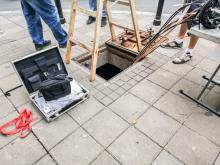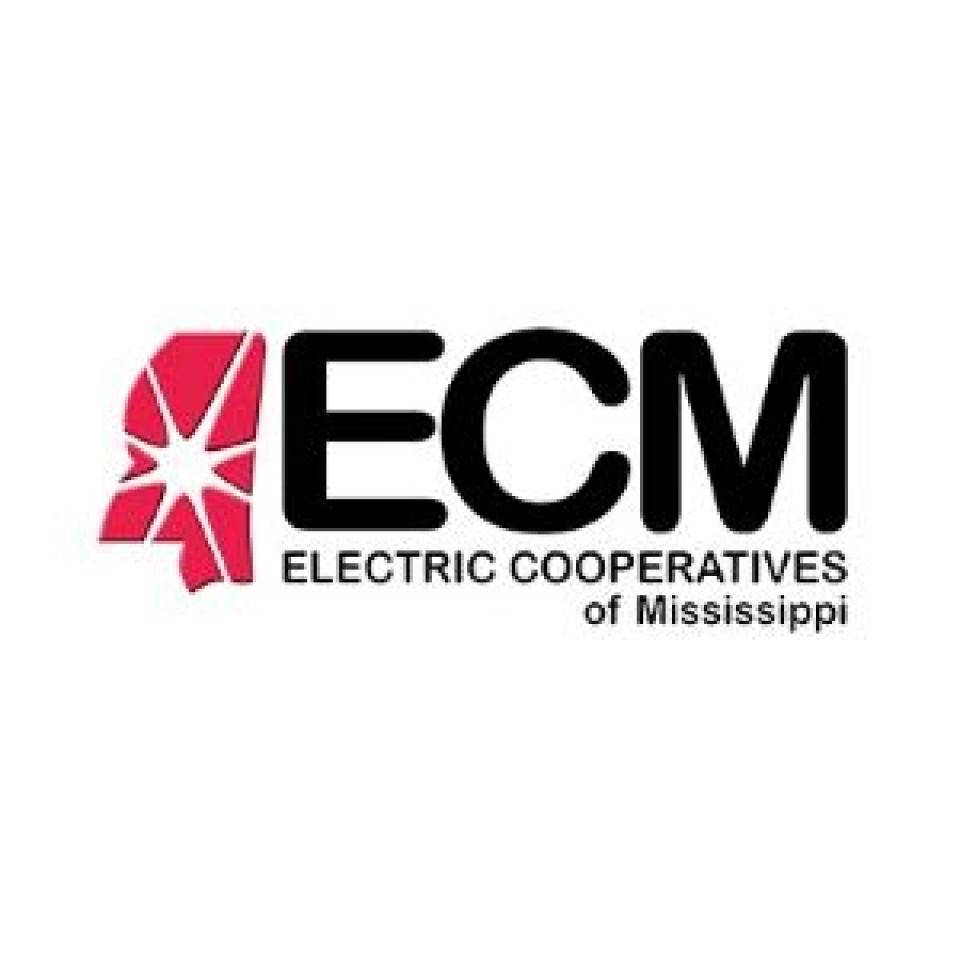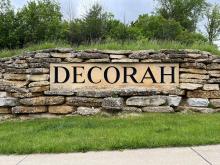
This piece was written by Christopher Mitchell and Ry Marcattilio-McCracken
The second round of Techdirt’s Greenhouse Policy forum lands on the topic of broadband in the age of Covid and brings together a collection of voices speaking to facets of an important conversation. “The triple whammy of limited competition, regulatory capture, and Congressional corruption,” Karl Bode writes in introduction, “has resulted in the U.S. being utterly mediocre (or worse) in nearly every major broadband metric that matters.” Deb Socia and Geoff Millener have contributed to talk about online education, Harold Feld writes about radio spectrum, Terique Boyce talks about New York City’s Master Plan, and Jonathan Schwantes writes about treating broadband like a public utility. We likewise contributed an essay on community broadband and the steps local governments have taken to get citizens connected.
We encourage you to read it over at Techdirt, but will repost it below.
***
When it comes to the goal of ensuring all Americans have affordable and reliable Internet access, we are pretty much stalled. Sure, the FCC will make noise every year about our quest to bridge the digital divide, but it has focused solely on for-profit private solutions. And while there are many hundreds of good local companies making important local investments, the FCC has tended to throw the most money at the few extremely big ones (the same big ones that are on the other side of the revolving door at the FCC for most employees, whether staff or political appointees.)
In response to the pandemic, companies like Charter and AT&T have been on their best behavior and done their best to extend connections more widely than they did in normal times. It was far from good enough, and culminated in AT&T asking for billions more in subsidies than it was already getting. Tens of millions of Americans are not particularly attractive to the big ISP monopolies, either because they live in more rural areas or low-income neighborhoods of cities.
We need better broadband policies — but we have to learn from what is actually working. Second, we should never write another check to AT&T or bankrupt disasters like Frontier and Windstream. Third, thoughtful, practical solutions moving ahead will need to address the broadband gap in whatever form it takes. As NDIA notes, broadband policy that focuses solely on the infrastructure challenge is structurally racist — it ignores the needs of millions of families of color in urban areas that face other obstacles to getting online.
Community networks are commonly assumed to be best at connecting those neglected families, and many are showing their worth during this Covid-19 pandemic. But Covid-19 is just the latest piece of evidence that these types of networks should play a much larger role in expanding competition more generally — whether they take the form of municipal networks, cooperative-owned networks, or take some other non-profit form.
Efforts by Cooperatives and Municipal Networks
For those living in areas covered by electric cooperatives, there are plenty of recent examples which can provide local leaders inspiration and offer lessons learned. For example, 15 out of 25 electric co-ops in Mississippi are currently pursuing fiber projects that will connect tens of thousands over the next handful of years. 35% of residents in the state lack basic broadband, but $65 million in CARES funding is bringing fiber to folks with nothing today.

Other electric cooperatives have also stepped up to the plate. OzarksGo, based in Arkansas, responded to the public health crisis by wiring fiber to Wi-Fi hotspots on parked school buses last spring to help community members with no access get online. The New Hampshire Electric Cooperative, after a rousing local organizing campaign by local residents citing COVID, in part, saw its board vote unanimously to create a separate entity to pursue broadband after previously refusing to.
City-owned networks also provide an abundance of examples. North Carolina’s Greenlight network, operated by the city of Wilson, has developed several programs to connect those commonly left behind. This includes offering 40 Megabit per second (Mbps) symmetrical connections to families in public housing for $10/month, and a flexpay program to give anyone a pay-ahead option that is essential for families with bad credit or irregular income. Greenlight also accepts cash, essential for the unbanked. All of these programs have remained in place or expanded since last spring. When the pandemic hit, Greenlight also accelerated its lifeline approach, keeping people connected with a basic option for $10/month.
Chattanooga again made national news in July when it unveiled an initiative called HCS EdConnect to provide free 100Mbps symmetrical Internet access to every student in the Hamilton County School District on free or reduced lunch. That’s 17,700 homes and 32,000 students, and the initiative has pledged to keep those connections free for the next ten years. The $15 million project serves as a case study in decisive action, thoughtful municipal leadership, local investment, and fundraising by all involved: Hamilton County Public Schools, municipal network EPB Fiber, nonprofit The Enterprise Center, and city and county governments. The first large chunk of students has already been connected.
Community Nonprofits Working with Cities Taking Strides Too
Covid-19 has amped up growth in community networks. In San Rafael, California, a coalition between local government, Marin County, and the nonprofit Canal Alliance came together initially in a bid to get students online for the upcoming school year, but the effort quickly turned into a free Wi-Fi network for the entirety of the Canal neighborhood. Residents there make up the backbone of the area’s service economy and have some of the worst Internet access options in what is otherwise among the wealthiest counties in the state. The city plans to keep it online and free indefinitely.

The same thing is happening in McAllen, Texas, with the city’s IT department spearheading an effort to put 5,000 access points around the city of 140,000 on water towers and power poles, with dozens of neighborhoods already blanketed in free Wi-Fi. Like in San Rafael, all residents of McAllen will enjoy the benefits of the public network forever, with the city committing to maintaining it with a regular budget appropriation from here out.
It’s been so rewarding. We’re out there installing Wi-Fi and people come out of their home and they’re thanking us and bringing us cookies. It’s a great feeling to see how we’re impacting our community.—City IT Director Robert Acosta
And over the summer in Champaign, Illinois, when it became clear that hundreds of District 4 students on the north side of town in Shadowwood Mobile Home Park were unable to attend classes because they lacked Internet access, the city partnered with local broadband provider i3 and wireless hardware manufacturer Mesh++ to solve the problem. Solar-powered Wi-Fi routers were installed on power and light poles to create a free, neighborhood-wide wireless network so that more than 250 students could log on and access course content and join live classes via Zoom. Champaign, too, plans for their network to be permanent, and is pursuing similar projects in apartment housing in other parts of town.
San Rafael, McAllen, and Champaign are by no means alone, with similar efforts unfolding in Cleveland, Ohio, Pittsburgh, Pennsylvania, San Antonio, Texas, and elsewhere. These should be celebrated, but we can still do better. The networks can be more ambitious - like Wilson and Chattanooga — and more numerous.
The Barriers to Community Broadband Today
First, 19 states have laws on the books which significantly restricts the ability of communities to build networks responsive to their needs, even though we know this results in slower broadband adoption. The HEROES Act would eliminate these barriers, but it remains stalled in the U.S. Senate. If Democrats take the Senate, they say they will wipe out these barriers, but the big monopolies are undoubtedly undermining that determination as you read this.
Second, the federal government should invest more money, more intelligently in the effort. While a good chunk of the first round of the USDA’s ReConnect Program grants went to cooperatives and other municipal networks working to expand Fiber-to-the-Home (FTTH) networks, it’s not enough. ReConnect has given out a little more than $800 million in funds, but the need is far greater and it is focused solely on areas where no broadband is physically available. Far more people are stuck in areas with networks that are too expensive for their income. The upcoming RDOF auction will give cooperatives a shot at billions in subsidies, but there is no program for the millions of low-income families that need affordable options.
Third, and perhaps most importantly, we see a lack of ambition, commitment, and imagination by local communities in solving the problem. AT&T demands more subsidies while withdrawing its services in rural areas, and Mississippi asks why nearly $300 million in subsidies didn’t improve access for most. But most local government officials still think AT&T or their state or the federal government will suddenly recognize decades of failure and swoop in to connect local businesses and residents.
Communities have to step up. Recognizing the value of local action alone isn’t enough. Elected officials and community stakeholders will have to confront the above obstacles and an array of others as well. If the states or federal government actually offer help, it will most likely be financial aid to local efforts, not a magic button that doubles the rate of connectivity in the United States.
There are a wide variety of models, and the Covid-19 pandemic has provided renewed popular support for better networks. In some cases, local officials have recognized the need for, at the minimum, a local plan. But in most cases, local residents need to push their local government to investigate the options. The Michigan Moonshot effort offers both a playbook and plenty of background information, templates, and more. There is no better time to start organizing locally for better networks.









